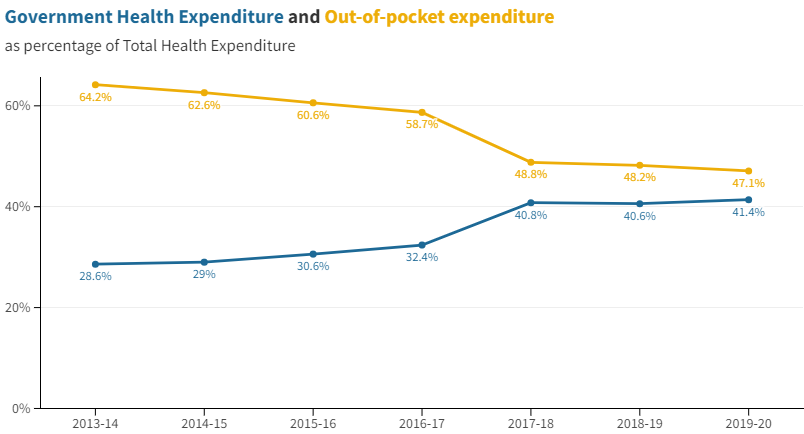
Overtime wage premium is the wage rate paid above the regular wage for working extra hours than normal.
|
Place |
Success Story |
Steps taken |
|
Baramulla |
Declining of severe acute malnutrition and moderate acute malnutrition rates to near-zero levels |
Monitoring with Poshan tracker tabs |
|
Gumla |
Tackled anaemia and malnutrition |
Promoting the cultivation of ragi, empowering women in self-help groups through livelihood opportunities. |
|
Krishnagiri |
Significant job creation for women catalysing a positive socio-economic chain reaction. |
Industrial investment |
|
Siddhipet |
The steel utensils bank successfully addressed the challenge of managing plastic waste, particularly disposable utensils. |
|
|
Sailam |
Transformed from water scarce to a water-sufficient model village with a 24x7 community-managed water supply system. |
Efficient implementation of Jal Jeevan Mission |